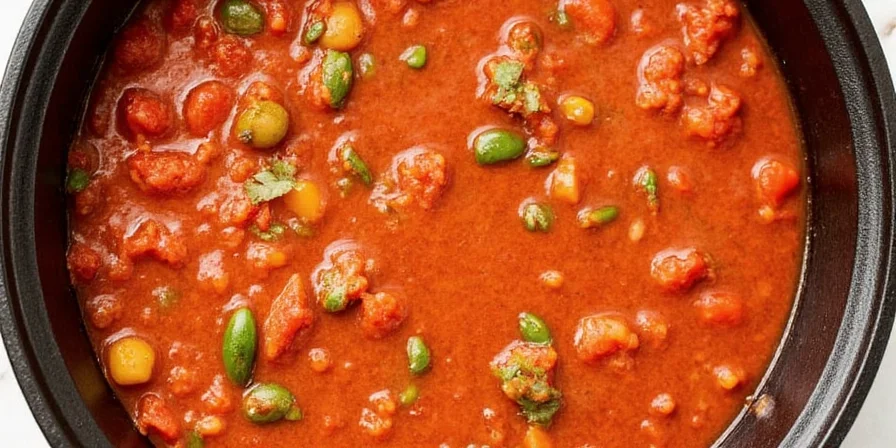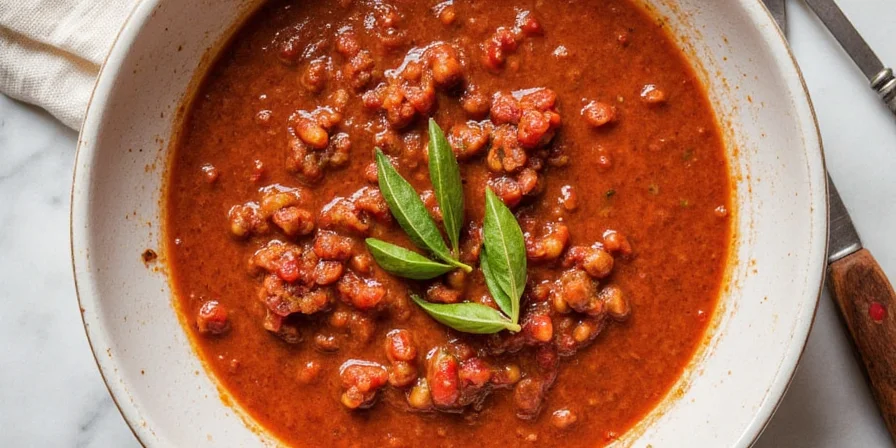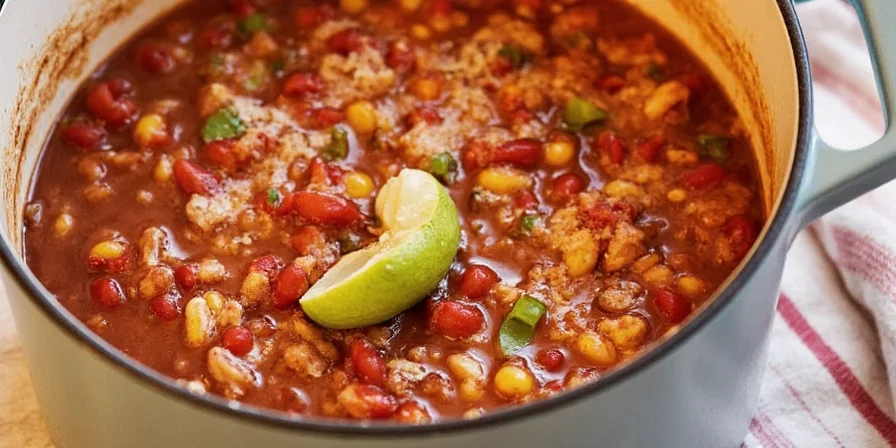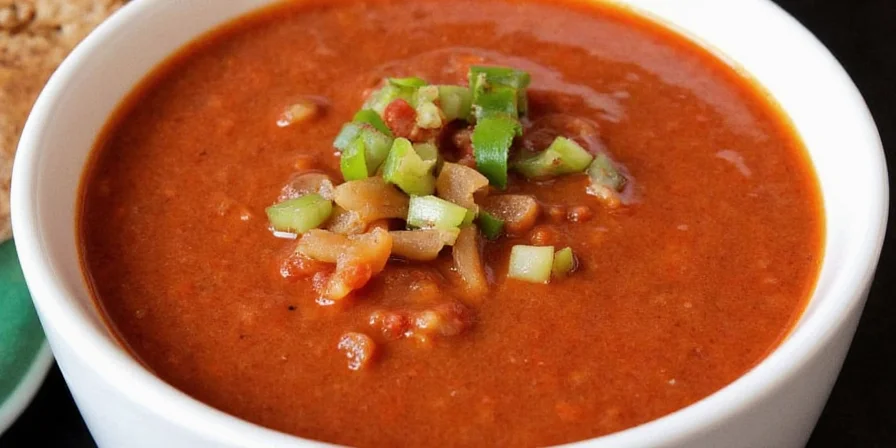From Kitchen Chaos to Flavor Paradise: 10 Life-Changing Tips for Making the Ultimate Homemade Sofrito!
The Spicy Secret Behind Every Great Dish: Sofrito
If you're a lover of bold flavors and rich culinary traditions, then let me introduce you to your new best friend—sofrito. This humble yet mighty base of sautéed aromatics is the unsung hero behind countless global dishes, from Spanish paella to Puerto Rican stews. Whether you're a seasoned chef or a weekend warrior in the kitchen, mastering homemade sofrito will transform your cooking forever.
What Exactly Is Sofrito?
Sofrito isn’t just a sauce—it’s a flavor foundation. Think of it as the spice orchestra that opens the concert before the main act. It typically includes onions, garlic, peppers, tomatoes, herbs, and spices, all simmered together into a fragrant, aromatic paste or liquid.
A Global Spice Journey in One Pot
Different regions around the world have their own versions of sofrito, each influenced by local ingredients and spice traditions. Here's a quick comparison:
| Region | Main Ingredients | Signature Spices & Herbs |
|---|---|---|
| Spain | Onions, garlic, tomatoes, olive oil | Paprika, bay leaves |
| Puerto Rico | Onions, garlic, peppers, culantro | Adobo seasoning |
| Italy | Garlic, chili flakes, olive oil | Oregano, parsley |
| Mexico | Tomatoes, onion, chili, garlic | Cumin, epazote |
| North Africa | Garlic, coriander, preserved lemon | Harissa, ras el hanout |
Why You Should Ditch the Store-Bought Stuff
While pre-made sofrito can be convenient, it often lacks depth, freshness, and the punchy personality that comes from crafting it yourself. Plus, many commercial brands add preservatives, salt, and fillers that mute the natural spice harmony.
- Fresher ingredients = bolder flavors
- Customizable to your taste buds
- Zero artificial nasties
- Easier than you think (yes, really!)
Step-by-Step Guide to Your Signature Sofrito
Let’s get down to business. Here’s how to make a versatile homemade sofrito with a global twist that works in everything from soups to stews, pastas to paellas.
Basic Sofrito Recipe (Makes about 2 cups)
- 2 medium yellow onions, finely chopped
- 4 cloves garlic, minced
- 1 red bell pepper, diced
- 2 ripe tomatoes, peeled and chopped (or 1 cup canned San Marzano tomatoes)
- ¼ cup olive oil
- 1 tbsp tomato paste (optional for extra richness)
- 1 tsp smoked paprika
- ½ tsp ground cumin
- 1 sprig fresh thyme or ½ tsp dried
- Salt and black pepper to taste
- Chopped cilantro or parsley (optional for garnish)
Cooking Instructions
- Heat the oil in a large skillet over medium heat.
- Add onions and sauté until translucent (~5 minutes).
- Add garlic and cook for another minute (don’t burn it!).
- Toss in peppers and tomatoes, stirring occasionally until softened and starting to break down (~10 minutes).
- Add spices and stir well to coat everything evenly.
- Simmer on low for 15–20 minutes until thickened and fragrant.
- Optional: Blend in a food processor for a smoother texture.
Pro Tips: Master the Art of Aromatic Alchemy
Ready to level up? Here are 10 game-changing tips to help you craft sofrito like a pro:
- Start with the right pan – Use a heavy-bottomed skillet or Dutch oven to prevent burning and ensure even heating.
- Kiss of acid – A splash of vinegar or citrus juice brightens up the flavors, especially if using canned tomatoes.
- Don’t rush the onions – Low and slow wins the race here; caramelizing them adds depth.
- Spice timing matters – Toast whole spices first, then grind or add them early for infusion.
- Fresh vs. dried herbs – Fresh herbs at the end add brightness; dried ones go in early for depth.
- Blend or not to blend – Blending gives a smoother base; leave chunky for rustic charm.
- Freeze in ice cube trays – Make single-use cubes for easy storage and portion control.
- Try regional variations – Swap out ingredients to match your dish’s origin (e.g., harissa instead of paprika for North African flair).
- Don’t skip the salt – Salt pulls flavor out of vegetables; season as you go.
- Let it rest – Like any good stew, letting it sit overnight deepens the flavor.
Visual Guide: How Does Your Sofrito Stack Up?
Here’s what different styles of sofrito look like and when to use them:
| Style | Texture | Best For | Flavor Profile |
|---|---|---|---|
| Classic Spanish | Chunky, rustic | Rice dishes, seafood | Earthy, smoky, slightly sweet |
| Caribbean Green Sofrito | Smooth, vibrant | Stews, beans, rice | Herby, zesty, peppery |
| Mexican Rojo | Thick, reddish paste | Moles, tacos, enchiladas | Smoky, spicy, tangy |
| Italian Soffritto | Finely chopped | Pasta sauces, soups | Subtle, balanced, herbal |
| North African Harissa Base | Fiery and oily | Tagines, couscous, grilled meats | Spicy, aromatic, garlicky |
Common Mistakes and How to Avoid Them
We’ve all been there—burnt garlic, bland results, or overly watery bases. Let’s fix that once and for all.
Burnt Garlic Blues
- Problem: Garlic scorches easily, turning bitter.
- Solution: Add garlic after onions have softened, or toast whole cloves separately and remove before chopping.
Too Much Liquid Woe
- Problem: Tomatoes release water, making the sofrito runny.
- Solution: Simmer longer or add tomato paste to absorb excess moisture.
Lackluster Layers
- Problem: Flavor is flat or one-dimensional.
- Solution: Layer acids (vinegar, lime), umami (soy sauce, fish sauce), sweetness (a dash of sugar or honey), and texture (toasted nuts, seeds) for complexity.
Get Experimental: Spice Up Your Routine
Once you’ve mastered the basics, don't be afraid to play. Try adding unexpected spices like sumac, za’atar, or lemongrass. Or swap traditional olive oil for avocado or sesame oil for an earthier note.
In Conclusion: The Flavor Revolution Starts in Your Kitchen
Making your own sofrito isn’t just about saving money or skipping preservatives—it’s about embracing a global tradition of spice and storytelling through food. Each spoonful carries centuries of culinary wisdom, waiting for you to reinterpret it.
So next time you’re staring at a pile of onions, garlic, and peppers, remember: you’re not just chopping vegetables—you’re composing a symphony of flavor. And the best part? You’re the maestro.
Images Section
















 浙公网安备
33010002000092号
浙公网安备
33010002000092号 浙B2-20120091-4
浙B2-20120091-4